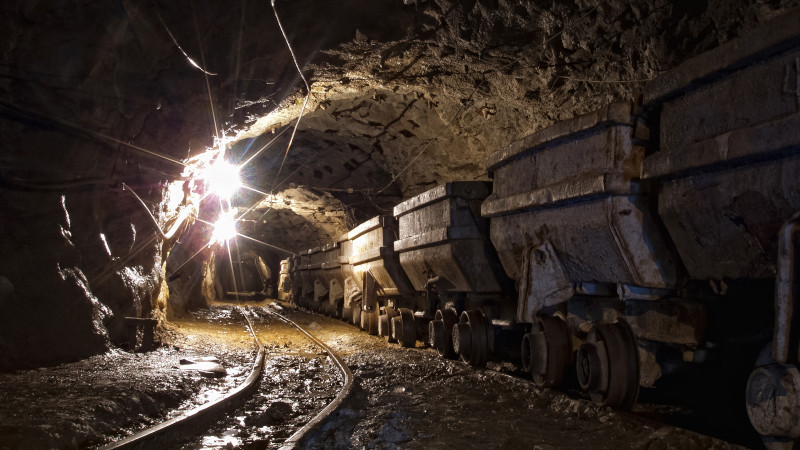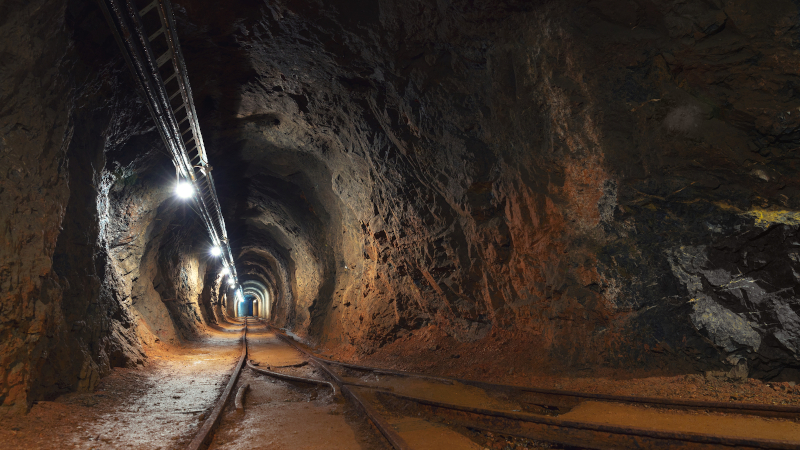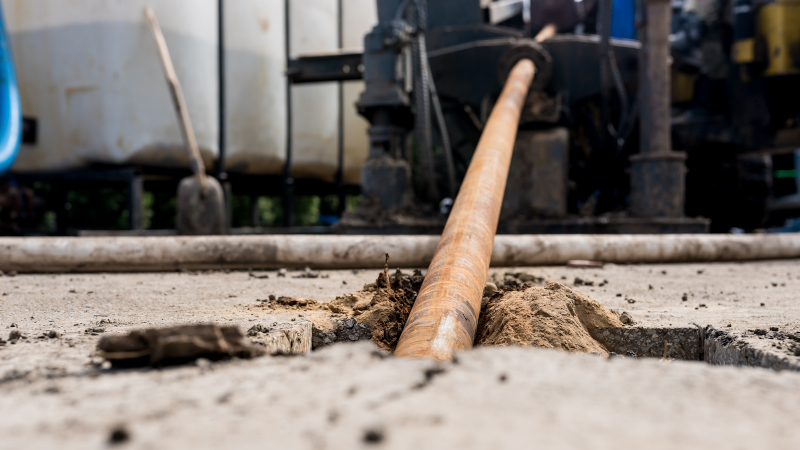4 Benefits of Employing Wireless Geotechnical Monitoring

Wireless geotechnical monitoring has been around for some years, but recent technological developments have enabled it to become a lot more affordable and accessible. This article will explore some of the benefits linked with this cutting-edge technology in the hope that it might help you decide if wireless geotechnical monitoring is suitable for your company or project.
• Cost savings
It’s much cheaper than traditional non-wireless alternatives. This makes it an attractive option for companies looking to reduce costs during their project stages without compromising the quality or safety of the final product/service.
• Saves time
The increased accuracy, speed, and ease of location make wireless geotechnical monitoring a much faster process than traditional methods such as trilateration or time-domain reflectometry.
• Improved accuracy
Less time is spent on manual tasks such as trilateration, and more can be focused on the project itself. The increase in speed also leads to a decrease in error, meaning that data can be collected with much greater confidence.
• Reduced risk of injury
The far less intrusive installation process makes it a much safer process than traditional methods such as digging trenches. This is particularly important in industrial sectors where there are many workers involved, and also for projects that must adhere to strict health and safety regulations.
Wireless geotechnical monitoring is increasingly becoming a staple across several industrial sectors due to increased accuracy, time savings, and cost-effectiveness.
However, it’s essential that you consider whether wireless geotechnical monitoring would be suitable for your project before considering using this technology. If you are still unsure, it might be helpful to contact a geotechnical team who will be happy to offer further advice and guidance.






